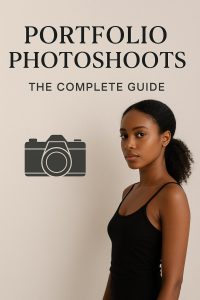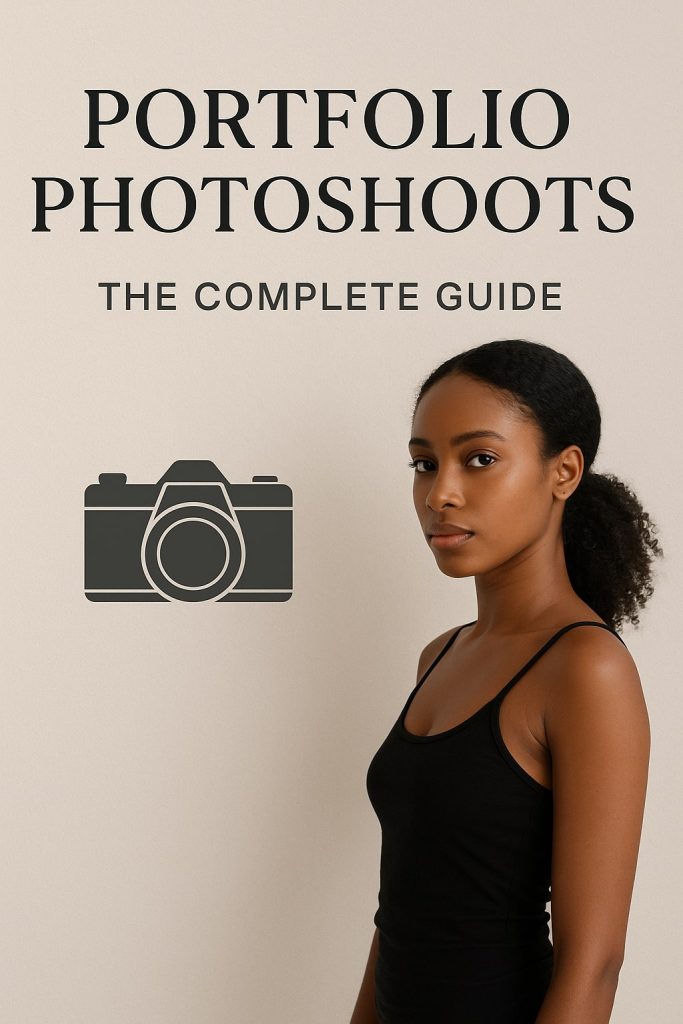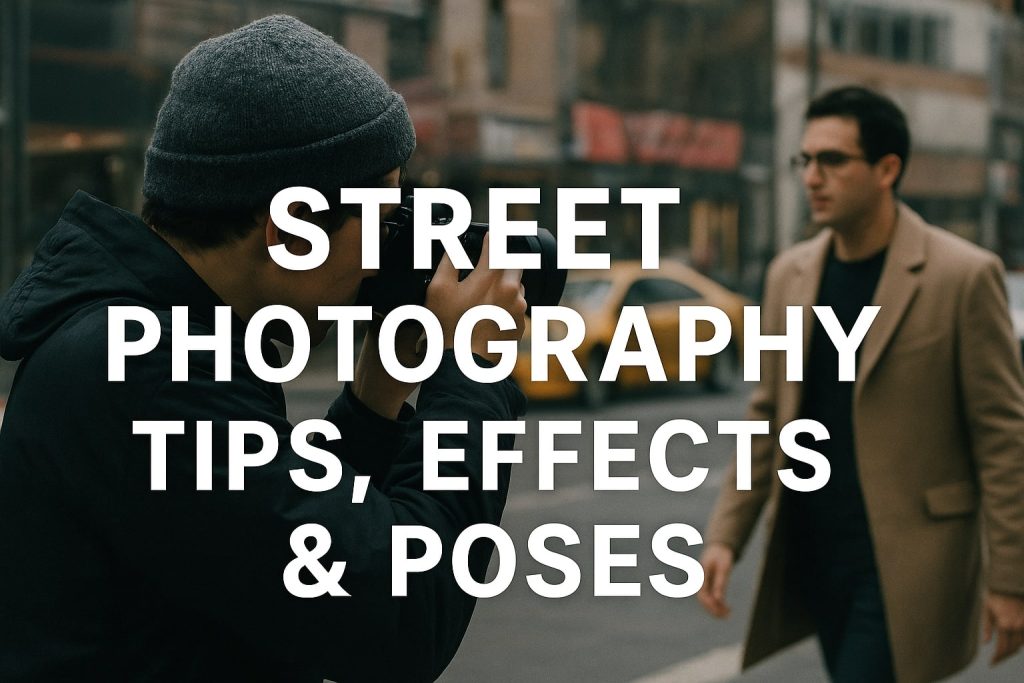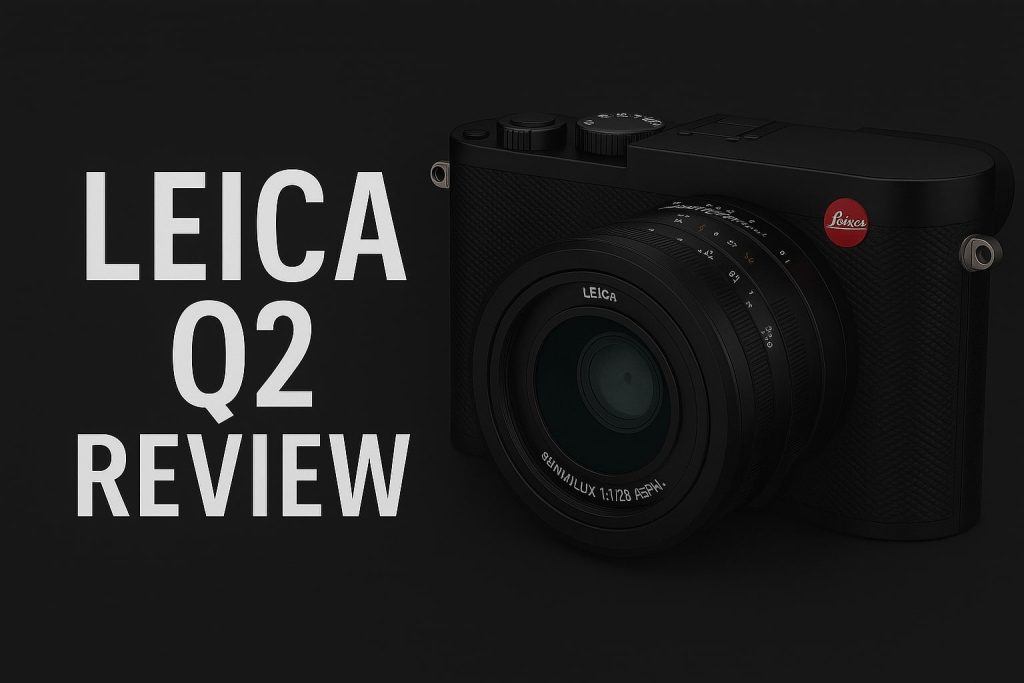Dramatic product shots relies on the interplay of light and shadows to create depth, contrast, and intrigue. This technique is widely used in luxury, high-end, and artistic brand campaigns to highlight textures, form, and premium quality. Whether you’re a professional photographer or an e-commerce seller looking to enhance your product images, mastering dramatic lighting techniques can elevate your visuals and boost conversions.
In this guide, we’ll cover everything you need to know about using shadows and highlights effectively to create stunning product shots that captivate audiences.
Understanding Light and Shadows in Product Photography
Before diving into practical techniques, it’s essential to understand the relationship between light and shadow.
1. The Role of Shadows in Photography
Shadows add depth and dimension to images by outlining the form of a product. When used correctly, shadows can:
- Create contrast: Making the product stand out from the background.
- Evoke emotions: Dramatic shadows can give an image a bold, artistic feel.
- Emphasize texture: Shadows highlight intricate product details.
2. The Importance of Highlights
Highlights are the brightest parts of an image where light directly hits the product. They serve to:
- Draw attention to key details: Shiny, well-lit areas guide the viewer’s eye.
- Balance composition: Highlights should be strategically placed to avoid overexposure.
- Create a luxurious appeal: Many high-end brands use controlled highlights to make products look more premium.
Essential Equipment for Dramatic Product Photography
To achieve striking shadows and highlights, having the right gear is crucial.
1. Camera & Lenses
- DSLR or Mirrorless Camera: Ensure manual settings for greater control over lighting.
- Prime Lens (50mm, 85mm, or Macro Lens): Helps capture sharp details and controlled depth of field.
2. Lighting Setup
- Single Light Source: Creates deep shadows and strong contrast.
- Softboxes & Diffusers: Control light intensity and prevent harsh highlights.
- Reflectors & Bounce Cards: Soften shadows and create balanced lighting.
3. Background & Surface
- Matte Black or Neutral Background: Enhances contrast and isolates the subject.
- Glass or Reflective Surfaces: Adds depth and creates mirror effects.
Lighting Techniques for Dramatic Product Shots
Different lighting techniques help in achieving unique effects with shadows and highlights.
1. High Contrast Lighting
- Use a single light source from one side to create sharp-edged shadows.
- Position light at a steep angle to emphasize textures.
2. Low-Key Lighting
- Dark backgrounds with minimal light create a moody, sophisticated atmosphere.
- A spotlight or directional light enhances the product’s contours.
3. Backlighting
- Place the light source behind the product for a glowing edge effect.
- Use smoke or mist to add a cinematic touch.
4. Rim Lighting
- Two lights at opposite angles behind the product outline its shape.
- Best for beverages, bottles, and reflective surfaces.
Best Camera Settings for Capturing Shadows & Highlights
Achieving the perfect exposure requires careful adjustment of camera settings.
1. Manual Mode
- Aperture (f/8 – f/16): Ensures sharpness and clarity.
- Shutter Speed (1/200 – 1/400 sec): Freezes light and prevents blur.
- ISO (100 – 400): Maintains image quality with minimal noise.
2. White Balance
- Use Kelvin settings (3200K – 5600K) to adjust for warm or cool tones.
- Custom White Balance based on the light source ensures accurate colors.
Post-Processing for Dramatic Effects
After capturing your shots, editing enhances the overall impact.
1. Adjusting Contrast & Exposure
- Increase contrast to make highlights and shadows more pronounced.
- Lower exposure slightly to deepen the shadows.
2. Enhancing Highlights & Shadows
- Use Dodge & Burn tools in Photoshop for selective brightness adjustments.
- Add vignettes to focus attention on the subject.
3. Color Grading
- Convert to black & white for a timeless, classic appeal.
- Apply cool tones for a sleek, modern look or warm tones for a cozy, inviting effect.
Conclusion
Dramatic product photography with shadows and highlights creates compelling visuals that enhance brand perception and captivate potential customers. By understanding lighting, using the right equipment, and refining images through post-processing, you can achieve high-impact product shots that stand out in any marketplace.
Experiment with different techniques and settings to find what works best for your brand’s aesthetic. The more you practice, the more refined and professional your product photography will become.

Mobile Photography Hacks: Candid Moments with Your Phone
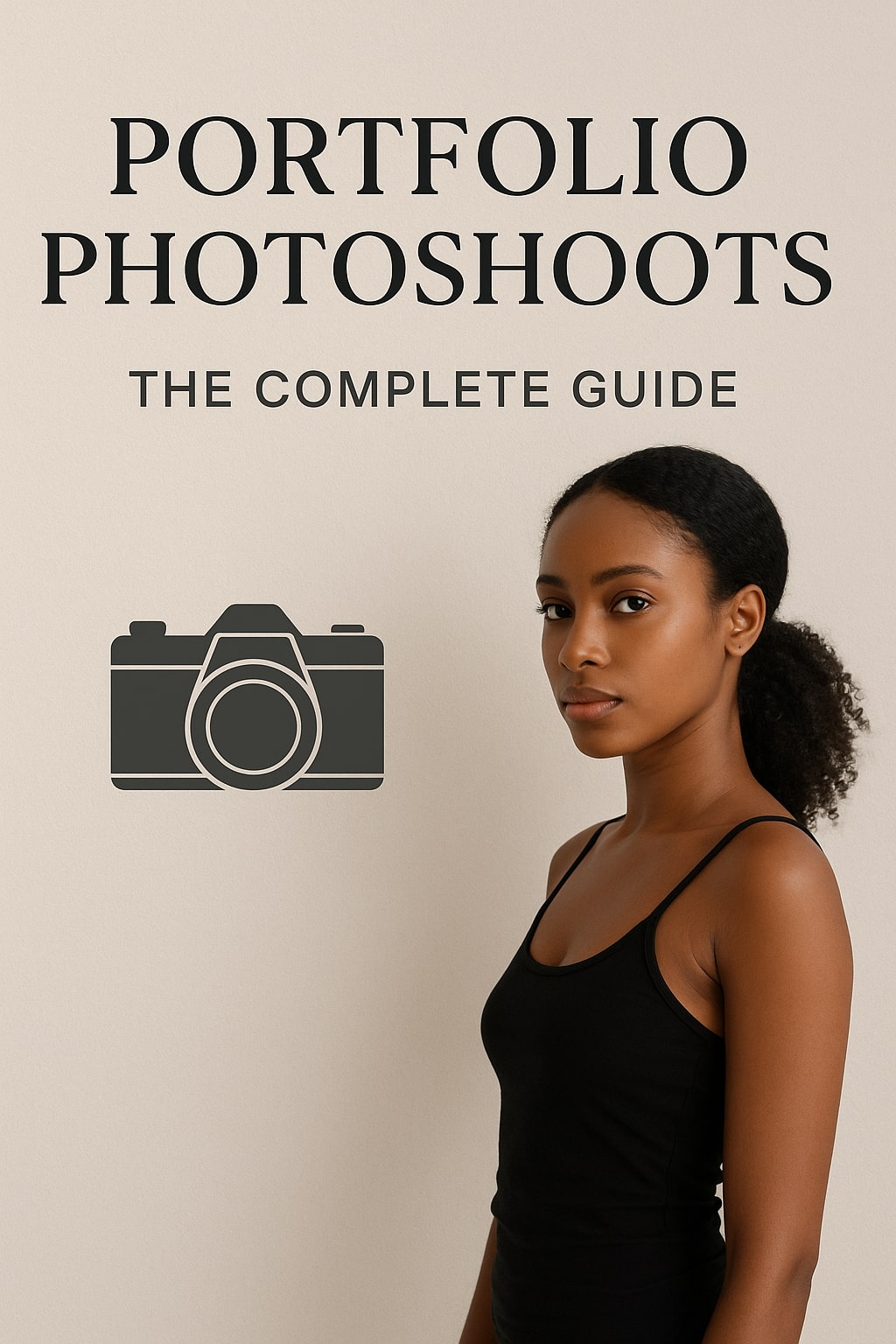
Professional Model & Portfolio Photoshoots: Show Your Best Work
-
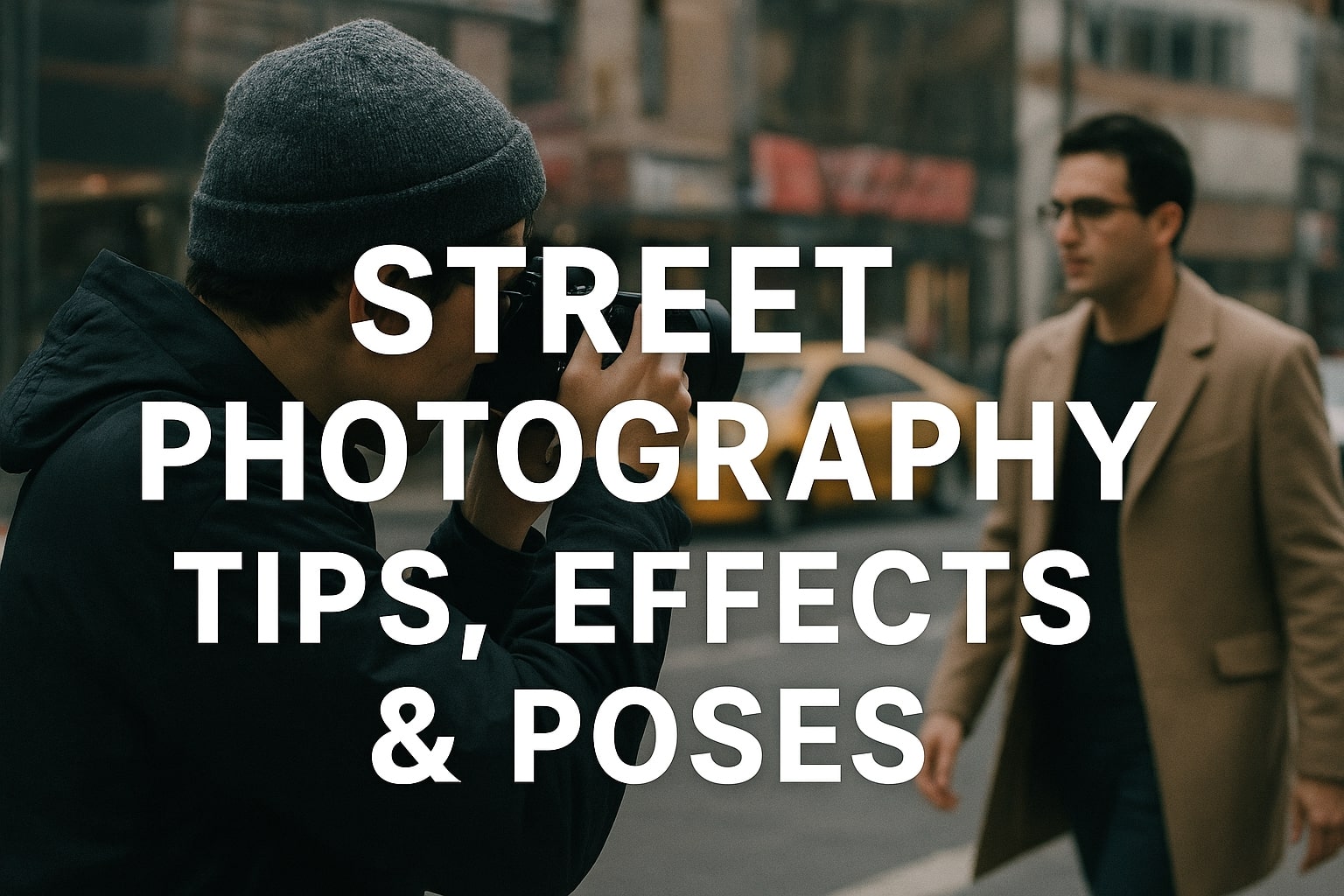
Street Photography Tips, Effects & Poses – Complete Guide
-

Leica Q2 for Photography: Why It’s Loved by Photographers
Mobile Photography Hacks: Candid Moments with Your Phone
Discover high-impact mobile photography hacks to capture genuine, gorgeous candid moments with your phone. Learn practical tips, composition secrets, and pro techniques to turn everyday scenes into stunning visual stories. Introduction: The New Age of Mobile Photography Photography has evolved beyond heavy cameras, technical jargon, and expensive equipment. Today, the power to capture extraordinary moments
Professional Model & Portfolio Photoshoots: Show Your Best Work
” Discover how to plan, style, and execute stunning portfolio photoshoots that showcase your skills, personality, and versatility. This comprehensive guide covers professional tips, posing ideas, gear suggestions, and industry insights for models and photographers.” Introduction – Why Portfolio Photoshoots Are the Cornerstone of a Photographer’s Career A well-crafted portfolio photoshoot is more than a
Street Photography Tips, Effects & Poses – Complete Guide
Discover the ultimate guide to Street Photography with expert tips, creative effects, and dynamic poses. Learn how to capture authentic urban moments, master composition, and tell powerful visual stories through your lens. Article Outline 1. Introduction to Street Photography Street Photography is more than just taking pictures of people in public spaces — it’s about
Leica Q2 for Photography: Why It’s Loved by Photographers
Introduction: The Cult Status of the Leica Q2 The Leica Q2 is not just a camera—it’s a statement. Combining the heritage of German precision engineering with modern digital excellence, it holds a special place in the hearts of professional and passionate photographers alike. With its full-frame sensor, prime Summilux lens, and minimalist design, the Q2
Top Cameras Under ₹1 Lakh for Freelance Photography
Freelance photography is no longer a niche—it’s a booming creative profession that demands not only vision and hustle but also the right gear. Your camera isn’t just a tool; it’s your storytelling partner. If you’re a freelance photographer aiming to balance performance, versatility, and budget, investing in a cameras under ₹1 lakh can offer the
Top Features of Nikon D850 That Make It Ideal for Photoshoots
Explore the top features of the Nikon D850 that make it a powerhouse for photoshoots. From exceptional resolution to dynamic range, this detailed Nikon D850 guide is built for professional and aspiring photographers. 1. Introduction When Nikon launched the D850, it quickly earned a reputation as a flagship DSLR that redefined what photographers could expect


